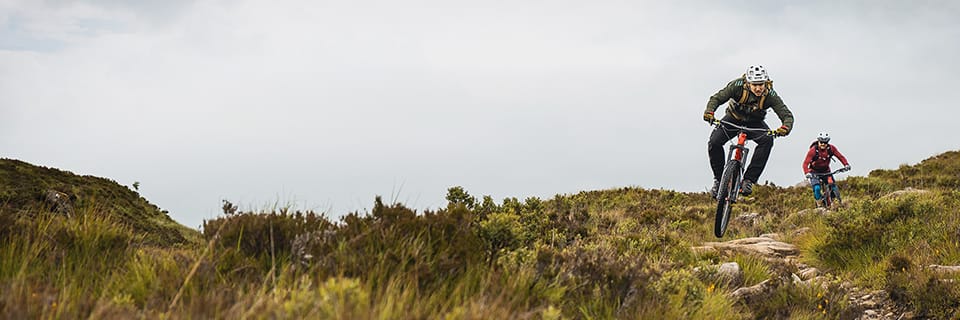The most important element when buying a MOUNTAIN BIKEGeometry determines your position on the bike: top tube length, stack, reach, steering angle, several indicators influence the bike's behavior...
If you want to know what these data correspond to and how this information can help you choose the right bike, here's a complete rundown to help you understand everything.
ALL YOU NEED TO KNOW ABOUT MOUNTAIN BIKE GEOMETRY

1 Top tube length :
This dimension is the length between the head tube axis and the seat tube axis. There is an effective length when the measurement is taken horizontally. In general, a shorter measurement is better for steering and comfort, while a longer measurement is better for XC performance.
2 Head tube height :
Distance between the top and bottom surface of the head tube. A high head tube provides greater comfort and a more upright position.
3 Steering angle :
This is the angle between the fork or head tube and a horizontal line parallel to the ground. An open angle (low values) promotes downhill stability, while a closed angle improves handling.
4 Seat tube height :
Effective length: measures the distance between the bottom bracket axle and the top of the seat tube. Actual length: measures the distance between the bottom bracket axle and the top tube axle. This measurement determines the size of mountain bike frame to be chosen according to inseam height. Thus, a frame is said to be slopping if the value is lower, or classic if the value is higher than the average.
5 Seat tube angle :
This is the angle between the seat tube and a horizontal line parallel to the ground. A large angle provides power when climbing, while a small angle provides smooth pedaling and favors pitching up.
6 Chainstay length :
This determines the length between the bottom bracket axle and the rear wheel axle. Short chainstays improve responsiveness and allow the rear wheel to enter corners more easily. Long chainstays, on the other hand, provide downhill stability at high speeds.
7 Ground clearance :
This is the distance between the bottom bracket axle and the ground. A low value brings stability but also the risk of contact with the ground, while a high value favors crossing ability with less stability.
8 Wheelbase :
Distance between the axes of the 2 wheels. A low value makes the bike more maneuverable but less stable, while a high value favors stability but less maneuverability.
9 Reach :
This is the distance between the bottom bracket axle and the head tube axle. This value is a key indicator on modern Enduro bikes. The greater the Reach, the greater the clearance. It can be modified by changing stem length or with a specific headset.
10 Stack :
The distance between the bottom bracket axle and the horizontal line of the head tube. Stack determines the height of the front end. A high value contributes to comfort, while a low value enhances performance. It can be adjusted by modifying the handlebar or stem height.
11 BB Drop :
This represents the height between the bottom bracket axle and the virtual horizontal line between the two wheel axles. A low value promotes bike stability at high speeds.
Geometry specifications to check when buying a bike
For all mountain biking activities, it's essential to choose the right bike size to get the most out of the bike's features. The key to choosing the right size is the height of the seat tube in effective length, then refer to the brand size guide to choose the right height for your height and inseam length.
Hiking
With mountain biking, the aim is comfort and pleasure on undulating terrain that's not too strenuous, so the position is intermediate. Climbs are often similar to Cross-Country, but with a more upright front position. Comfort is more important than performance. The gearbox is high to make the bike easier to handle.
Cross-Country
Performance-oriented competition on semi-rigid or full-suspension mountain bikes. You'll find a longer top tube than on other bikes. The steering angle is narrower, for better handling and faster acceleration on rolling sections. The head tube is often lower for powerful pedaling. Saddle height is higher than handlebar height. The angle of the seat tube is closed for an attacking position.
All-Mountain
Versatility is a must on all types of terrain, and the position must be comfortable while maintaining performance on both ascents and descents. That's why the top tube length is shorter than for XC or touring. The front position is more comfortable and the steering angle more open to increase the ability to descend steep slopes. The bottom bracket is lower than for touring, for greater downhill stability.
Enduro
Performance must be optimal downhill, while retaining good climbing ability, which is what an All-Mountain bike offers. The characteristics are identical to the All-Mountain, but with an aggressive side for downhill riding by opening up the steering angle even further, and with short chainstays for optimum handling. The Reach is a good indicator of the frame's clearance: the longer it is, the more suitable it will be for climbing, while leaving room for movement. The angle of the seat tube should be closed for climbing performance and open for climbing comfort.
DH / Freeeride
In competition or Bike-Park, downhill performance is essential. The steering angle is very open for easier engagement on the slope, and the chainstays are short for maneuverability or long for stability (sometimes adjustable, depending on make and model). The bottom bracket is very low for greater stability on fast sections.
CONCLUSION
The geometry is a decisive factor in the rider's choice. The main factor is size, while other factors influence the bike's behavior on ascents and descents. Brands develop models to provide an experience for the rider, with different ways of thinking for different brands, and geometries are a reflection of the designers' philosophy. The most important thing is to know your riding style, your level and your conception of cycling, so you can choose the right machine to give you the most pleasure.
Découvrez tous nos conseils & Tutoriels
MTB Universe
-
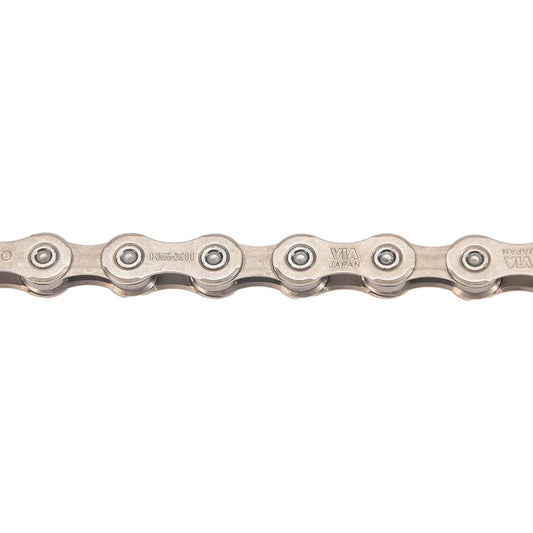
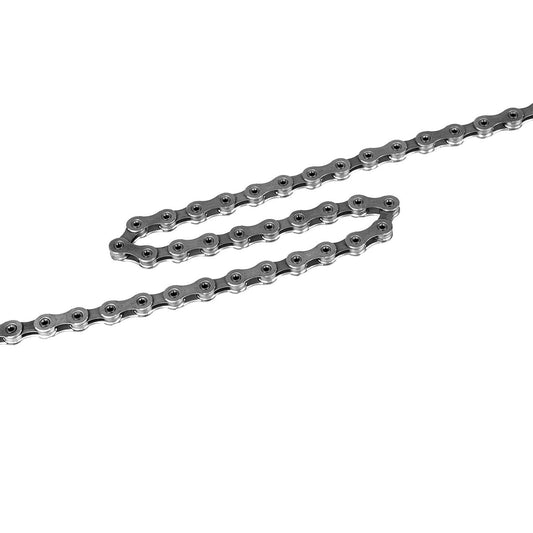
11 Speed SHIMANO XT ULTEGRA CN-HG701-11 Quick Link E-Bike Rated chain
Regular price From 28,99 €Regular priceUnit price per -
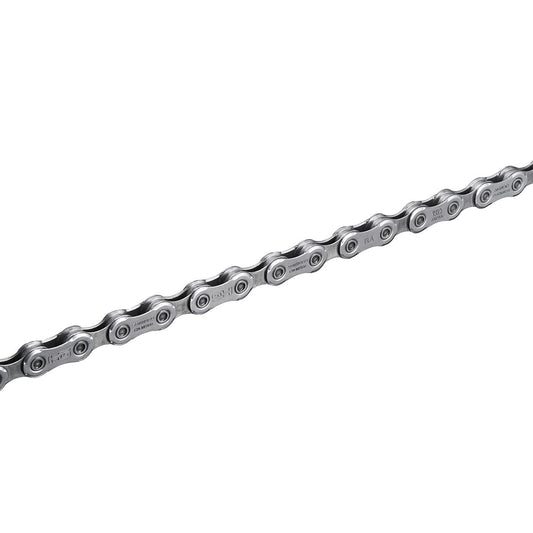
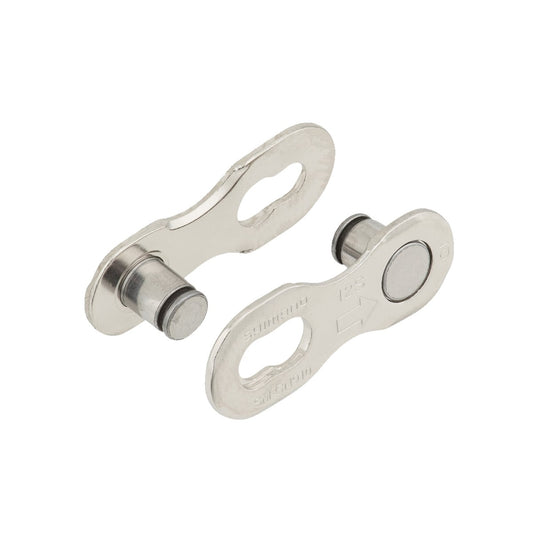
12 Speed SHIMANO XT ULTEGRA CN-M8100 Quick Link E-Bike Rated chain
Regular price From 29,99 €Regular priceUnit price per -
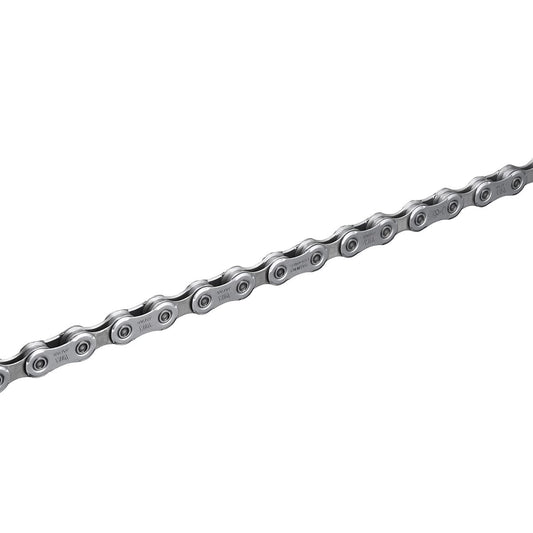
12 Speed SHIMANO SLX 105 CN-M7100 Quick Link E-Bike Rated chain
Regular price From 19,99 €Regular priceUnit price per -
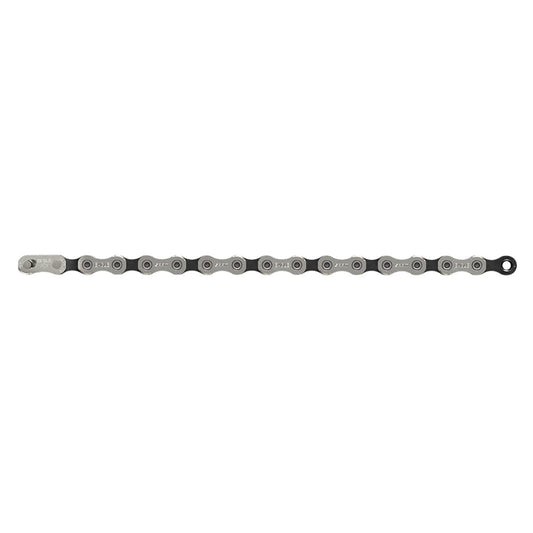
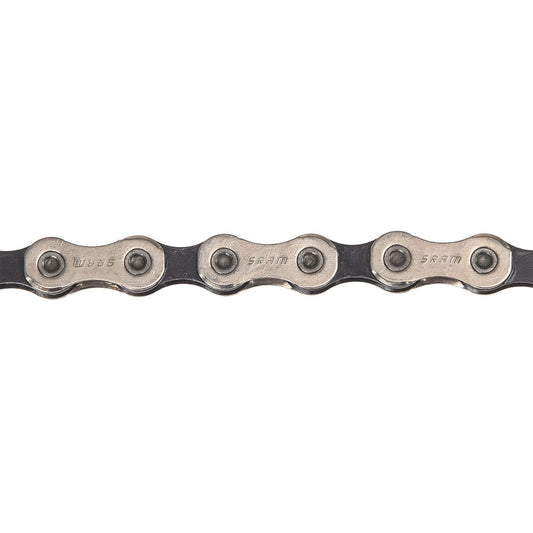
Chain 12 Speed SRAM GX EAGLE
Regular price From 22,99 €Regular priceUnit price per -
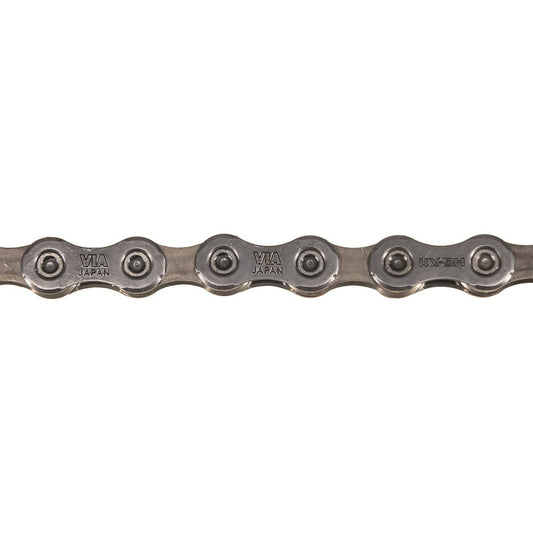
11V SHIMANO SLX 105 CN-HG601-11 E-Bike Rated chain
Regular price From 19,99 €Regular priceUnit price per -

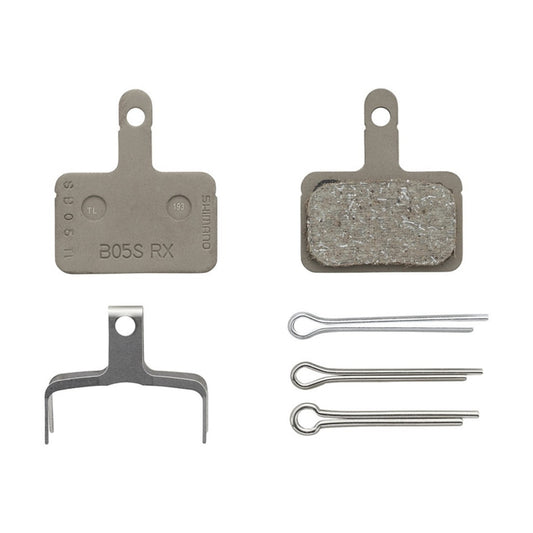
Brake Pads Organic SHIMANO B05S-RX
Regular price 5,99 €Regular priceUnit price per -
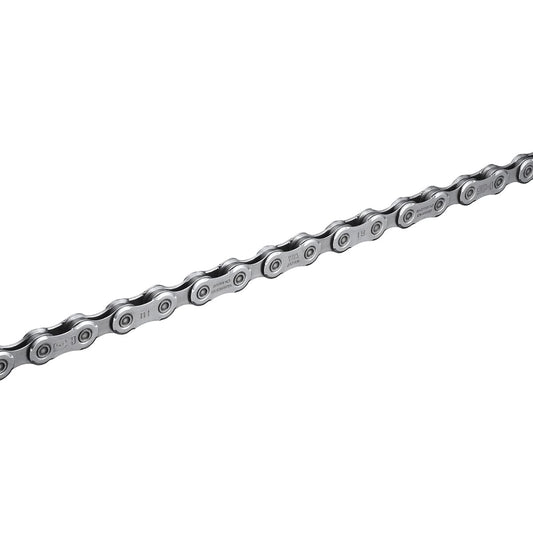
12V SHIMANO DEORE CN-M6100 Quick Link E-Bike Rated chain
Regular price From 14,99 €Regular priceUnit price per -
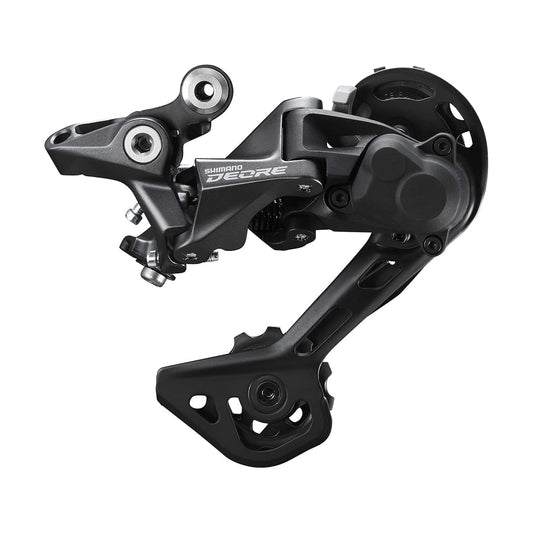
SHIMANO DEORE RD-M5120-SGS 10/11V Long Cage Rear Derailleur
Regular price 19,99 €Regular priceUnit price per
